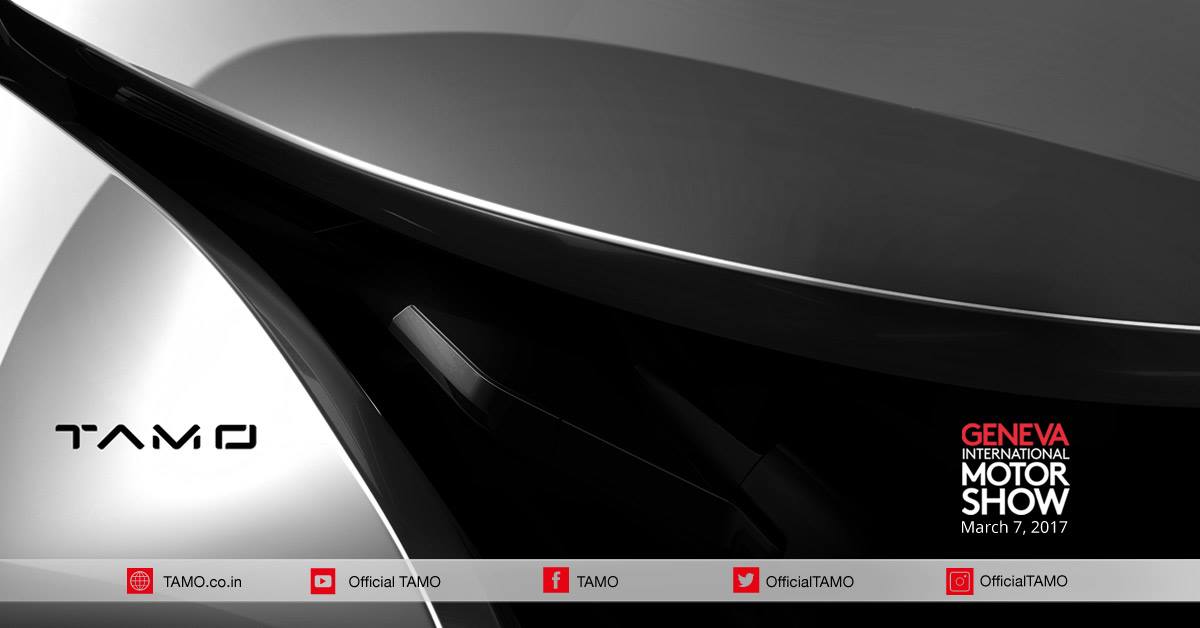Say Hello to TAMO
Tata Motors Steps onto the Future Mobility Scene with TAMO
Tata Motors has demonstrated its desire to become – as they call it, ‘FutuReady’- with their new TAMO future mobilities project. An abbreviated variation of the Tata Motors name, TAMO will be a sub-brand that sets itself apart from the traditional passenger vehicle strategies of the main brand. For now, TAMO will be more of an incubation center than full-on commercial venture. It has been introduced as a low volume, low investment initiative that will act as an open platform to connect with the activities of global startups and established tech companies. The platform will allow TAMO access to the latest trends and products that are being researched and designed, bringing India into the foray of future mobility innovations and solutions.
Guenter Butschek, MD & CEO of Tata Motors is quoted as saying, “Our game plan addresses six themes – topline improvement, cost management, structural improvements, customer centricity, new mobility solutions and organizational effectiveness. To secure our future in a rapidly changing environment, the advanced mobility solutions space is of utmost importance.”
As part of its efforts to become an important player in the future mobility scene the company is even rumored to be planning on opening offices in Silicon Valley. This strategic move will bring it closer and quicker to being able to tap the fast flow of ideas coming out of the famous tech hub. The value of creating a more digital ecosystem through TAMO, which better reflects the ever increasing digital experience of our everyday lives, is most likely not lost on Tata Motors. The company is definitely on the move to boost the whole brand and has expressed its aim to become one of the Top 3 producers of passenger vehicles by 2019.
What’s in the works?
Although the company has been slowly revealing its plans for TAMO via its Twitter and other social media channels, no one knows exactly what’s in store. Luckily we won’t have to hold on to our curiosity for too long as its debut is just around the corner. All eyes will be focused on Tata Motors on March 7, 2017, at the Geneva International Motor Show where the premiere TAMO product will be premiered. So far all hints indicate that the first project will reveal a two-seater, mid-engine sports car that is, at least internally, being referred to as ‘Futuro’.
TAMO is an incubating center of innovation that will redefine future mobility in India. #FutureReady pic.twitter.com/LzDU1PV9lQ
— TAMO (@OfficialTamo) 2. Februar 2017
You can find out more by clicking here




